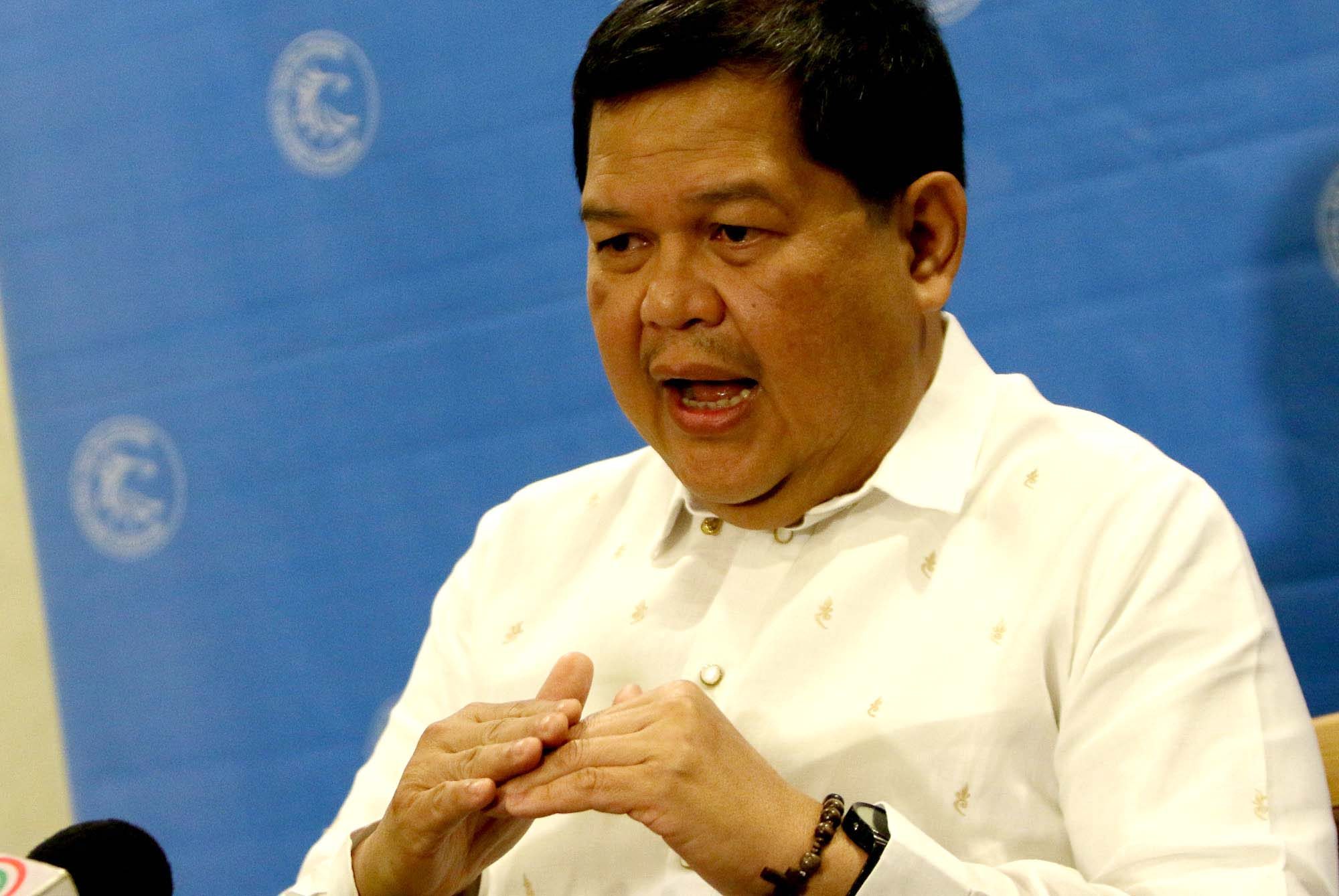SUMMARY
This is AI generated summarization, which may have errors. For context, always refer to the full article.

MANILA, Philippines (3rd UPDATE) – The Bangko Sentral ng Pilipinas (BSP) raised interest rates by 50 basis points (bps), meeting market expectations.
This brings the overnight reverse repurchase (RRP) rate to 4%.
Interest rates on the overnight lending and deposit facilities were also raised accordingly.
“The Monetary Board noted that latest baseline forecasts have shifted higher over the policy horizon, indicating some risk of inflation exceeding the target in 2019,” BSP Governor Nestor Espenilla Jr said in a press briefing on Thursday, August 9.
Inflation jumped to 5.7% in July, the highest in 5 years under base year 2012.
Espenilla said inflation remains likely to stay high for the rest of 2018, but is still expected to fall within the 2% to 4% target in 2019.
The decision came on the same day the Philippine Statistics Authority announced that gross domestic product slowed down to 6% in the 2nd quarter of 2018.
Despite the growth missing market expectations, Espenilla said the “economy can accommodate further tightening of monetary policy settings.”
The Monetary Board already raised policy rates twice back in May and June to 50 bps, as inflation expectations remained high. (READ: FAST FACTS: What does the Bangko Sentral ng Pilipinas do?)
How it works: Interest rate changes are at the heart of the BSP’s conduct of monetary policy.
Banks are restricted from releasing all of their money to the public and are required to keep a certain percentage of their total funds. This is referred to as the reserve requirement ratio (RRR). The BSP is implementing an 18% RRR for banks.
To follow the BSP’s guideline, banks keep their funds in check and at times need to borrow from other banks when they fall below the RRR. Borrowing from other banks means they need to pay interest, referred to as the overnight reverse repurchase (RRP) rate.
Higher interest would discourage banks from borrowing from other banks. This also means that banks would be more careful to shell out funds and give out loans to consumers.
How it affects inflation: Raising the interest rate creates a ripple effect across the economy. It generally means higher borrowing costs for consumers and would lead to people spending less.
Less spending in the economy slows down the demand for goods. Low consumer spending would then encourage businesses to lower their prices and cause inflation to fall or at least stabilize.
Businesses would also cut back on spending because of higher interest rates.
How it affects sectors: Since consumers reduce spending amid high interest rates, businesses’ earnings fall. Companies listed under the Philippine Stock Exchange would then report lower earnings and their stock prices would drop.
On the other hand, when interest rates fall, consumers and businesses increase spending and this results in higher stock prices.
In summary, interest rates influence stocks, consumer and business spending, and inflation. However, changes in monetary policy usually operate with a lag of around 10 to 12 months, so effects may not be felt immediately. – Rappler.com
Add a comment
How does this make you feel?





There are no comments yet. Add your comment to start the conversation.